Vitalogy by Pearl Jam
Buy Vitalogy Released in late 1994, Vitalogy is the raw, aggressive, experimental and somewhat bizarre third album by Pearl Jam. The album was produced by Brendan O’Brien, who also worked on the group’s […]
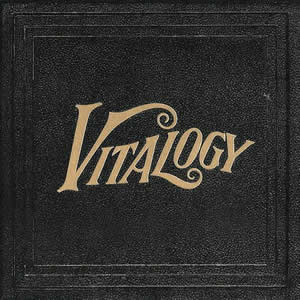
Buy Vitalogy Released in late 1994, Vitalogy is the raw, aggressive, experimental and somewhat bizarre third album by Pearl Jam. The album was produced by Brendan O’Brien, who also worked on the group’s […]
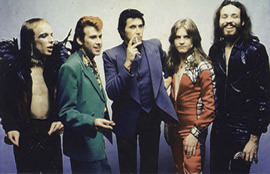
When you’re an early-1970s rock band that tours with your own fashion designer, hair stylist, photographer and “PR consultant”, chances are you’ll take some heat. Roxy Music, the English glam-art band formed by […]
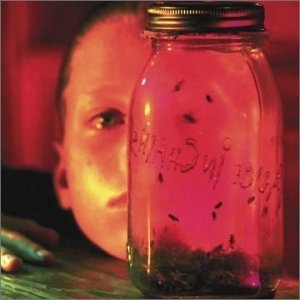
Buy Jar of Flies One of the biggest debates about Jar of Flies by Alice In Chains is how exactly to refer to it. Wikipedia refers to it as “the first EP in […]
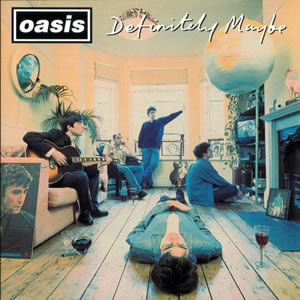
Buy Definitely Maybe A tremendous commercial success, Definitely Maybe is the 1994 debut album by Oasis. This album was instrumental in revitalizing the bright and optimistic “Britpop” movement in the midst of an […]
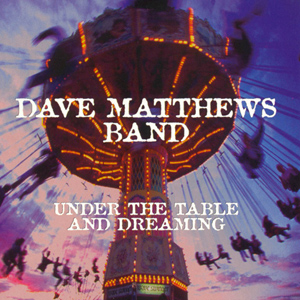
Buy Under the Table and Dreaming In 1994 the Dave Matthews Band released and impressive debut album with Under the Table and Dreaming, a record where Matthews developed a unique method of composing […]
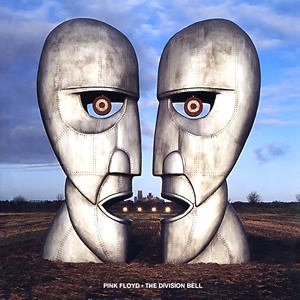
Buy The Division Bell Pink Floyd completed their extraordinary recording career with 1994’s The Division Bell, the longest single album the group had ever recorded (there were a few double albums along the […]
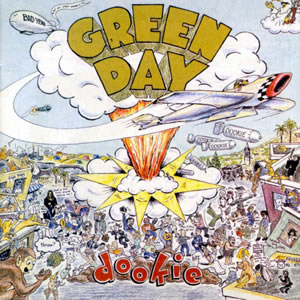
Buy Dookie Produced by Rob Cavallo, Dookie is the third overall album by Green Day and their major label debut. The album became a commercial success worldwide, driven by five hit singles, an […]
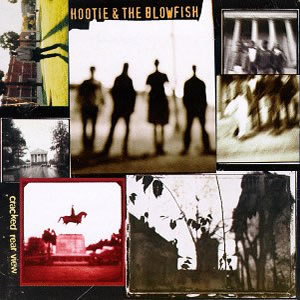
Buy Cracked Rear View Cracked Rear View was a debut album that found phenomenal commercial success for Hootie & the Blowfish. Released in 1994, it went on to be the highest selling album […]
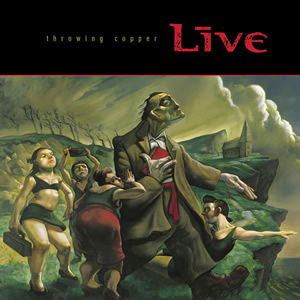
Buy Throwing Copper Throwing Copper is the second and most popular album by the Pennsylvania rock band Live. A signature album for the genre which would later be termed, “post grunge”, the album […]

Buy Full Moon Fever This week marked the 25th anniversary of Full Moon Fever, which is listed the first official “solo” album by Tom Petty. However, the circumstances surrounding the production of this […]